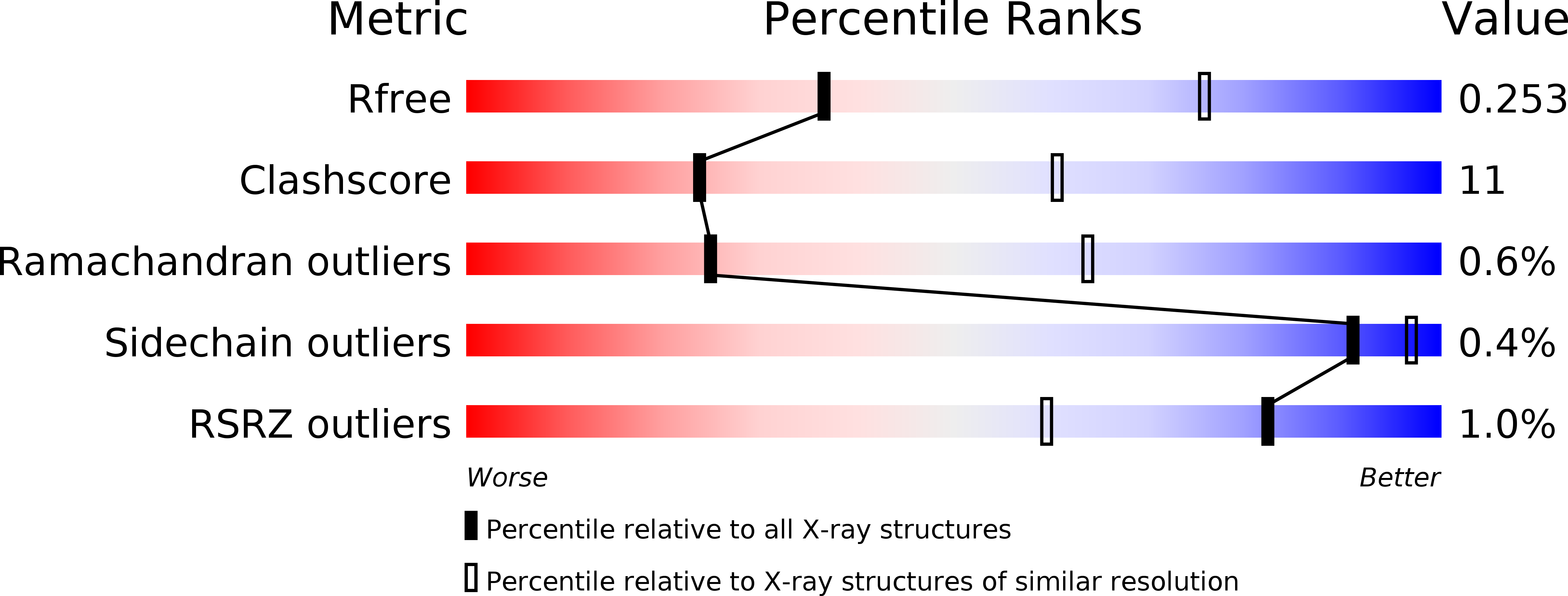
Deposition Date
2018-12-14
Release Date
2019-05-01
Last Version Date
2024-10-09
Entry Detail
PDB ID:
6Q82
Keywords:
Title:
Crystal structure of the biportin Pdr6 in complex with RanGTP
Biological Source:
Source Organism:
Saccharomyces cerevisiae (strain ATCC 204508 / S288c) (Taxon ID: 559292)
Homo sapiens (Taxon ID: 9606)
Homo sapiens (Taxon ID: 9606)
Host Organism:
Method Details:
Experimental Method:
Resolution:
2.99 Å
R-Value Free:
0.25
R-Value Work:
0.21
R-Value Observed:
0.21
Space Group:
P 63 2 2


